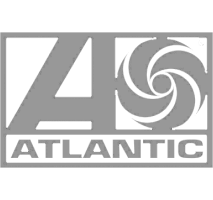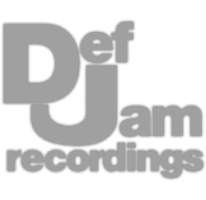Professional Analog Mastering.
Professional Analog Mastering.










If you’re looking to compress your signal from the noise floor up, there aren’t many upward compressors, even when it comes to paid plugins - but both OTT by Ofer records and MV2 by Waves are good options. OTT offers 3 bands of upward compression, whereas MV2 offers 1 full-range band.
They use slightly different methods of upward compression, resulting in slightly different sounds, so let’s take a listen to both.
The Maag EQ is known for its airband, with which you can amplify the highest frequencies in your mix. However, this is pretty easy to accomplish with just about any parametric EQ, or in this case Fresh Air by Slate digital which offers 2 air bands.
Although the Maag EQ also offers lower frequency bands, if you’re looking to add air, Fresh Air is a better option.
Let’s take a listen to both and notice how fresh air can more easily create a bright and airy sound.
Loudmax by Thomas Mundt and L1 by Waves are 2 very similar plugins - they both introduce automatic makeup gain when lowering the threshold, and a clipper to attenuate peaks before they exceed 0dB. The primary difference is that L1 has a variable release and program-dependent option.
Loudmax seems to have a fixed release time and the option for true peak detection. Let’s listen to both using identical thresholds.
Although Supermassive is capable of really outlandish sounds, whereas the FF Pro-R has a more realistic sound, there’s still a lot of overlap. If we go to the presets of Supermassive, we’ll find options that are much closer to the sound of the Pro-R.
Granted, the FF Pro-R has the option to equalize the reflections with 5 bands, whereas Supermassive only has 2, it’s still impressive how much you can do with it.
Let’s take a listen to both, using similar-sounding presets.
TDR NOVA offers 4 bands of dynamic EQ, with static high and low pass filters as well - the Pro Q-3 offers up to 26 dynamic bands but this is probably overkill in most situations. Both let you expand or compress, and alter the Q and threshold of each band.
The NOVA offers the added benefit of controlling the band’s attack and release, but whereas both let you trigger your bands with an external side chain, the Pro-Q 3 lets you do this on a band-by-band basis.
Let’s listen to both with identical bands, and notice how they behave very similarly.
For this comparison, the Vintage Warmer is going to offer much greater control, but GSatPlus should let you achieve something similar. PSP introduces more saturation by increasing the input, whereas GSatPlus lets you simply increase the harmonic content and control the sound with the character function.
Both let you affect the left, right, or stereo signal, but the GSatPlus also offers mid and side processing. Lastly, PSP puts an extra emphasis on the compression aspect of saturation, letting you affect the release time, knee, introduce a limiter, and shape the saturation with multi-band controls.
Let’s take a listen to both and keep in mind where they do and don’t overlap.
Both of these plugins address very minute details about tape while still letting you focus on the overall or macro aspects of tape emulation. Satin puts emphasis on realism by letting you emulate circuits types, encoders and decoders, and input tolerance by altering the tape type.
Chow Tape Model presents more modern processing that relates to tape’s sound like basic filters, saturation, compression, and EQ. Both offer a lot of control over tape’s imperfections like degradation, noise, and wow and flutter modulation.
Let’s listen to both at the same tape speed, and with relatively flat EQ responses to hear how they affect the signal differently.
For variable tube compression, both Klanghelm and Arturia offer some good options - Klanghelm’s MJUC Jr. is definitely simpler with an input, makeup gain output, and 3-time constants, whereas Arturia’s gives you variable release times, 3 detection modes, a wet/dry, and an advanced section.
Both create enjoyable tube-like compression, so if you don’t need lots of control, MJUC jr. is a great substitute - let’s listen to both with identical amounts of compression.
This is a pretty 1:1 comparison in that everything you can get with the Waves emulation of the LA2A, is offered by Analog Obsession’s free LALA plugin. Both offer the same input dial and peak reduction functions, compression or limiting settings, but LALA offers additional EQ filters and an ext, side-chain option.
Granted, the CLA-2A lets you introduce low-frequency noise, but odds are you don’t really want to use this function.
So let’s listen to both using identical amounts of compression.
If you’re looking to mimic the Pro-Q 3, maybe not in regards to its dynamic functions but solely in the parametric EQ sense, then the MEqualizer is a good free option. The MEqualizer offers many of the same filters as the Pro-Q 3, with comprehensive slope options.
Although some of the advanced analyzer features of the Pro Q 3 are missing, MEqualizer gives you plenty of options to choose from in the setting’s section. Let’s take a listen to both using analog emulated curves, and identical shaping to see if we can hear any difference between the 2.